


15-17 Dec, 2015 : Electric Transportation - Automotive, Vessel and Aircraft



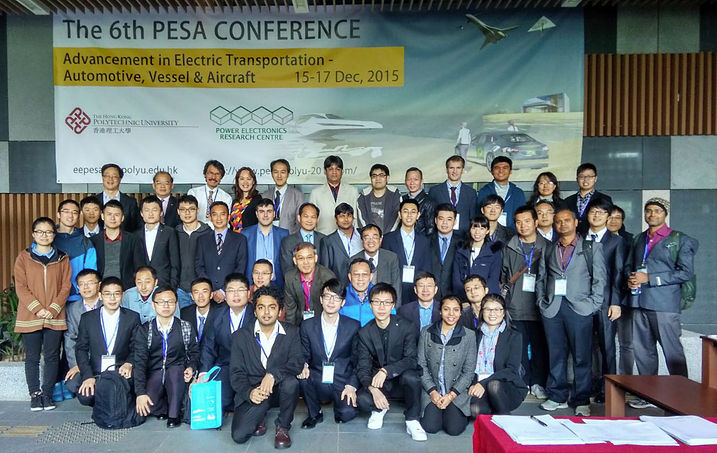
ARE YOU READY TO CHANGE THE WORLD?
15 - 17 Dec, 2015
Dept. of EE, The Hong Kong
Polytechnic University
The 6th International Conference on Power Electronics Systems and Applications (PESA) will be held from 15th to 17th December 2015 in Hong Kong. This summit focuses on recent innovations and technological progress in power electronics and related domains with the theme as “Advancement in Electric Transportation - Automotive, Vessel & Aircraft". The conference aspires to be a key platform to disseminate knowledge among academics and engineers worldwide, and provide high quality research and industrial interaction for the advancement of technology. It includes technical presentations and panel discussions, accentuating the theme, by eminent practicing engineers and academics.
The conference is supported by IEEE, IET, HKIE, several electric vehicles, environment and energy related organizations and industries.
KEYNOTE SPEAKERS |
|
|---|---|
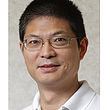 Prof. Chris Mi High Efficiency Wireless EV Charger Based on Capacitive Power Transfer Principle Capacitive power transfer (CPT) and inductive power transfer (IPT) are two effective methods to transfer power wirelessly. It has been an established myth that good efficiency and stability of control was only possible in capacitive power transfer (CPT) at low power levels (in the tens of watts) and with low transfer distances (in the millimeter range). Hence, only inductive power transfer (IPT) has been investigated for high power applications, such as charging of electric vehicles (EVs). Dr. Chris Mi and his team have shown that it is possible to achieve excellent efficiencies at the power level and distance applicable to EV charging, breaking the established myth, enabling a paradigm change on EV charging, and making low cost wireless power transfer from science fiction to reality. |
 Prof. Lee Kang Kuen Building on the advancement of power electronics technology there has been an on- going evolution of railway traction equipment, both for the traction drives on board the trains or the traction power supply systems on the track side. This paper describes how systems based on power electronics have emerged and then become a standard provision in the railway industry. New systems and more powerful power electronic devices which have emerged in the past few years and applied to railway traction have also been presented. Key players and their development efforts on the application of power electronics to railway traction have also been introduced. |
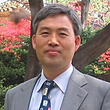 Prof. Chun T. Rim Wireless electric vehicles (WEVs), classified into roadway powered electric vehicles (RPEVs) and stationary charging electric vehicles (SCEVs), are in the spotlight as future mainstream transportations. RPEVs are free from serious battery problems such as large, heavy, and expensive battery packs and long charging time because they get power directly from the road while moving. The power transfer capacity, efficiency, lateral tolerance, EMF, air-gap, size, weight, and cost of the WPTSs have been improved by virtues of innovative semiconductor switches, better coil designs, roadway construction techniques, and higher operating frequency. In this paper, fundamentals of WPTSs for RPEVs as well as recent progress in developments of on-line electric vehicles (OLEVs) that have been commercialized firstly in 2013 and made by KAIST, Korea are summarized. The fifth- (5G) and sixth-generation (6G) OLEVs, which can reduce construction cost and time for its commercialization, and the interoperability issue between RPEVs and SCEVs are addressed in detail. |
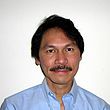 Dr Marcelo H. ANG Jr Easy mobility is an important capability to enhance the quality of all our lives. Self-driving cars provide mobility-on-demand anytime and anywhere. Besides the convenience, autonomous driving provides a safe and productive environment, and an efficient use of resources. This talk shares our research group’s current activities in achieving mobility-on-demand using autonomous vehicles, in both pedestrian (malls, airports, parks, etc) and road environments. The current state-of-the-art will be presented together with current challenges and our approach to solving these challenges. |
TUTORIAL SPEAKERS |
|
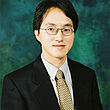 Prof. Eric Cheng The tutorial will discuss the recent work on power electronics to the development of electric vehicles. This includes the energy storage, suspension system, power conversion, charger, power distribution and smart drive. |
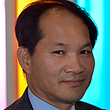 Prof. Patrick Luk As the growth of air travel led by China, US and India looks set to double over the next 20 years, this tutorial provides a timely overview of the key technological developments that are required to meet such a demand against newly imposed regulatory constraints on noise, fuel efficiency and air pollution. The tutorial first introduces the aircraft electrical system, and provides the background and motivations for the rise of More Electric Aircraft (MEA) architectures. The underlying MEA technologies are then explained, using some of the state-of-the-art MEA aircraft for illustrations. Some of the most recent developments and future trends in MEA will be given. In conclusion, the tutorial will address the future challenges as well as opportunities given by the MEA technologies, followed by highlights of MEA projects that Cranfield has involved as a premier aerospace university in the UK. |
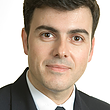 Prof. Pablo Arboleya In this tutorial the different electric railway power supply systems and their main characteristics from the point of view of the power flow modeling and simulation will be described and analysed. It considers the DC traction systems and also the AC ones, explaining the different elements embedded in the network and proposing steady state electrical models of each element (power electronic devices, trains, accumulation systems and network). The basic methods for modeling the train behavior in terms of demanded/regenerated power are also detailed. In the tutorial, the different power electronic devices present in the traction networks will be considered, not only conventional non-reversible diode based substations in DC systems but also the modern IGBT based reversible substations, the on-board and off-board accumulation systems, the use of power converters with ultra capacitors to substitute the conventional autotransformers in high speed AC networks ... Finally, the procedures to simulate the trains motion into the electrical network and how their motion and power demand affect to the electrical variables will be unraveled, explaining how to merge all the models together. |
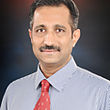 Prof. B.P. Divakar Feedback compensation is the heart of any power module, which is often treated with too much mathematical concept to take away the focus from intuitive design aspect. This tutorial throws light on the application of the famous “K-factor” based design of compensation starting from the fundamental aspects of stability problem of a system. The tutorial will cover the transfer functions of a typical converter, types of compensators, step-wise descriptions of K-factor based strategy, MATLAB codes to select components of the compensator and to carry out simulation. The tutorial will benefit students and scholars who are new to feedback concepts and eager to learn the concepts without too much mathematical treatment. |

| Prize | Author and affiliation | Paper Title |
| 1st | Eric Bodlak University of Kansas |
The Design of an Electric Wing-in-Ground-Effect (WIG) Vehicle as Part of an Urban Air Transit System |
| 2nd | Demin Wu, Weizhong Fei, and Patrick Chi-Kwong Luk | Design Optimizations of Outer-Rotor Permanent Magnet Synchronous Machines with Fractional-Slot and Concentrated-Winding Configurations in Lightweight Electric Vehicles |
| 3rd | Yuanmao Ye and K.W.E. Cheng The Hong Kong Polytechnic University |
Design of bootstrap gate driver and output filter for an SC - based Multi-level Inverter for Aircraft APU |
16th December, Safety and Exploration of Electric Vehicles, Vessel and Aircraft
Discussion forum will contemplate on several issues that primarily confront the world from switching into a more electric transportation friendly city. Topics from business, educational, political, legal and technological perspectives will be debated and outcomes will be scrutinized. It also aims to develop standards and safety measures, and to provide a lucid path ahead for implementing novel electric transportation systems like electric marine aircraft and electric vessels. It promises to be an event of interest to academics, industrialists, government officials, investors and the common man alike.
FORUM SPEAKERS |
|
|---|---|
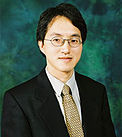 Prof. Eric Cheng
|
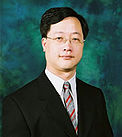 Dr. Edward Lo
|
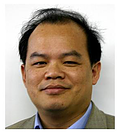 Prof. Chi-Fang Huang
|
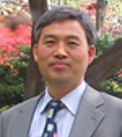 Prof. Chun T. Rim |
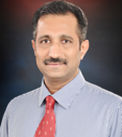 Prof. B.P. Divakar |
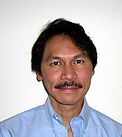 Dr Marcelo H. ANG Jr |
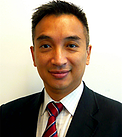 Mr Ernest LI |
 Mrs Anna Chang |














